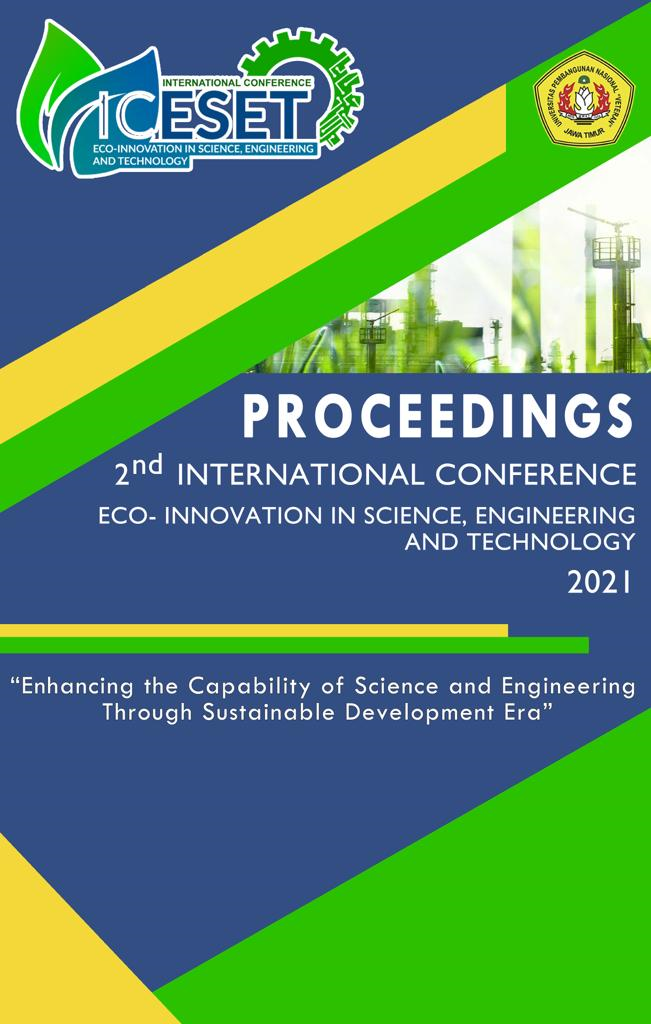Sequencing Batch Reactor-Continuous Flow Effectiveness For Treating Restaurant Wastewater
DOI:
https://doi.org/10.11594/nstp.2021.1424Keywords:
Sequencing Batch Reactor Continuous Flow, Hydraulic Retention Time (HRT), aeration rate, restaurant wastewaterAbstract
Wastewater produced by untreated restaurants can increase the COD, BOD, TSS, and grease in water content. Household wastewater treatment only uses a grease trap, so it does not meet the quality standards requirement. For this reason, a unit performance evaluation is required. One technology that can improve wastewater quality from grease trap treated wastewater uses a biological process called Sequencing Batch Reactor (SBR). This research is about processing the output of grease trap waste from Padang restaurants using the Sequencing Batch Reactor Continuous Flow unit. C ontinuous influent flow reactor is used in this research. The processed sequentially but discarded intermittently. This study aims to determine the performance of SBR-CF in reducing the content of COD, TSS, Total N, and PO4. SBR-CF was operated with hydraulic retention time (HRT), and the aeration rate varied, which were 12, 24, 36, and 48 hours and aeration rates of 7 L/min and 14 L/min. The results showed that the optimum HRT and aeration rates were 24 hours and 14 L / minute. With the efficiency of removal of COD, TSS, Total N, and PO4 produced respectively 96.9%; 98.63%; 86.72%; and 55,6%
Downloads
Downloads
Published
Conference Proceedings Volume
Section
License
Copyright (c) 2021 Mochammad Yusuf Cahayaning Nugraha B, Novirina Hendrasarie

This work is licensed under a Creative Commons Attribution 4.0 International License.
Authors who publish with this proceedings agree to the following terms:
Authors retain copyright and grant the Nusantara Science and Technology Proceedings right of first publication with the work simultaneously licensed under a Creative Commons Attribution License that allows others to share the work with an acknowledgement of the work's authorship and initial publication in this proceeding.
Authors are able to enter into separate, additional contractual arrangements for the non-exclusive distribution of the proceedings published version of the work (e.g., post it to an institutional repository or publish it in a book), with an acknowledgement of its initial publication in this proceeding.
Authors are permitted and encouraged to post their work online (e.g., in institutional repositories or on their website) prior to and during the submission process, as it can lead to productive exchanges, as well as earlier and greater citation of published work (See the Effect of Open Access).














